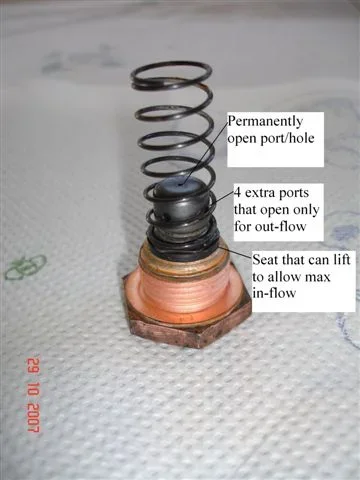My toyota manual says these are "check valves".

My understanding of a "check valve" is that it is a "non-return valve". (In other words it allows a flow in one direction but not the other.)
If they were truly "check valves" isn't it true that the brakes would never release? (The valves would allow the fluid to flow from the master cylinder into the wheel cylinders when the brakes are applied but then prevent this fluid from returning to reservoir afterwards!)
So has toyota labelled them wrong? And if so, what is their real purpose?
Any help would be greatly appreciated.


My understanding of a "check valve" is that it is a "non-return valve". (In other words it allows a flow in one direction but not the other.)
If they were truly "check valves" isn't it true that the brakes would never release? (The valves would allow the fluid to flow from the master cylinder into the wheel cylinders when the brakes are applied but then prevent this fluid from returning to reservoir afterwards!)
So has toyota labelled them wrong? And if so, what is their real purpose?
Any help would be greatly appreciated.



